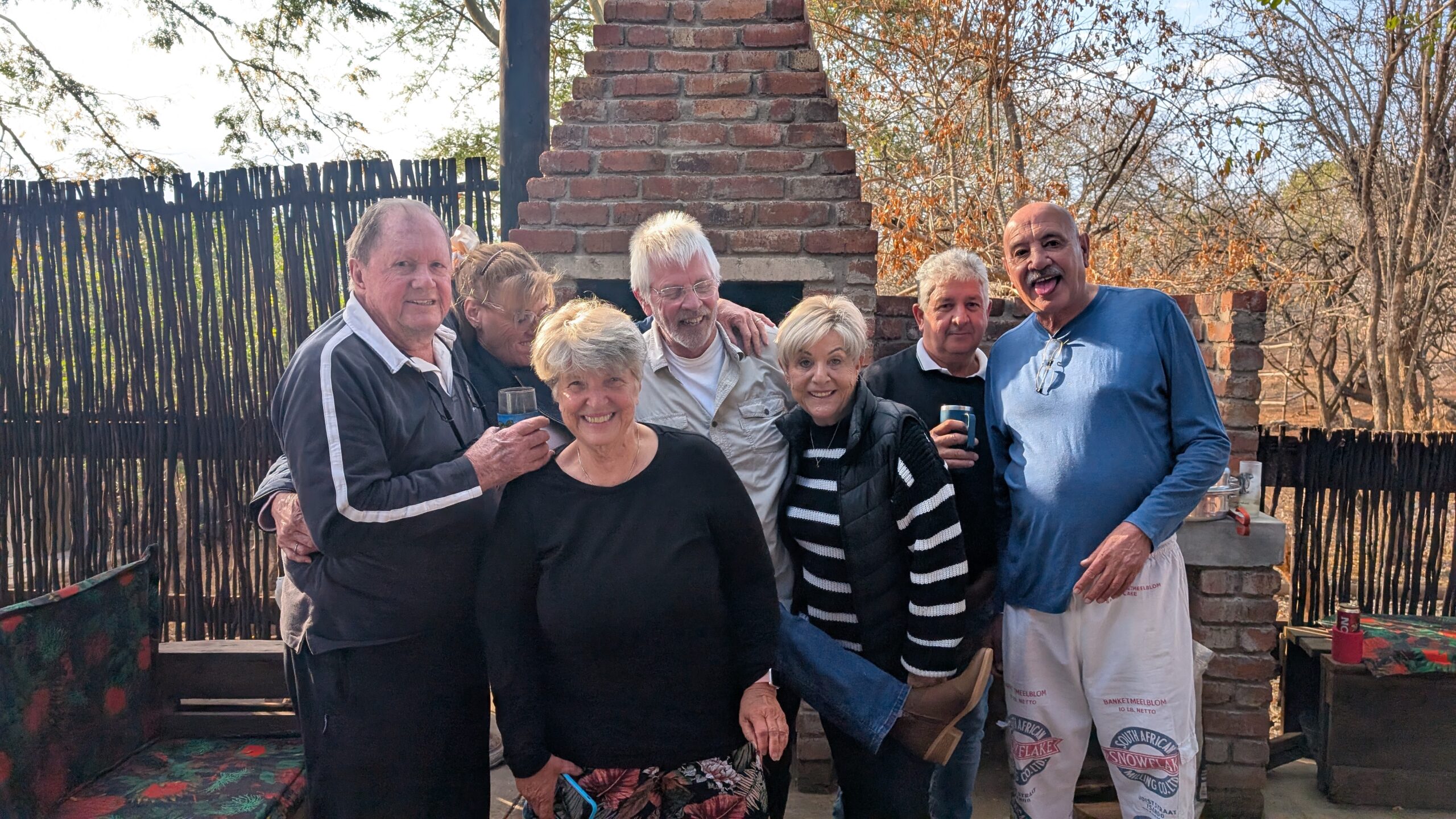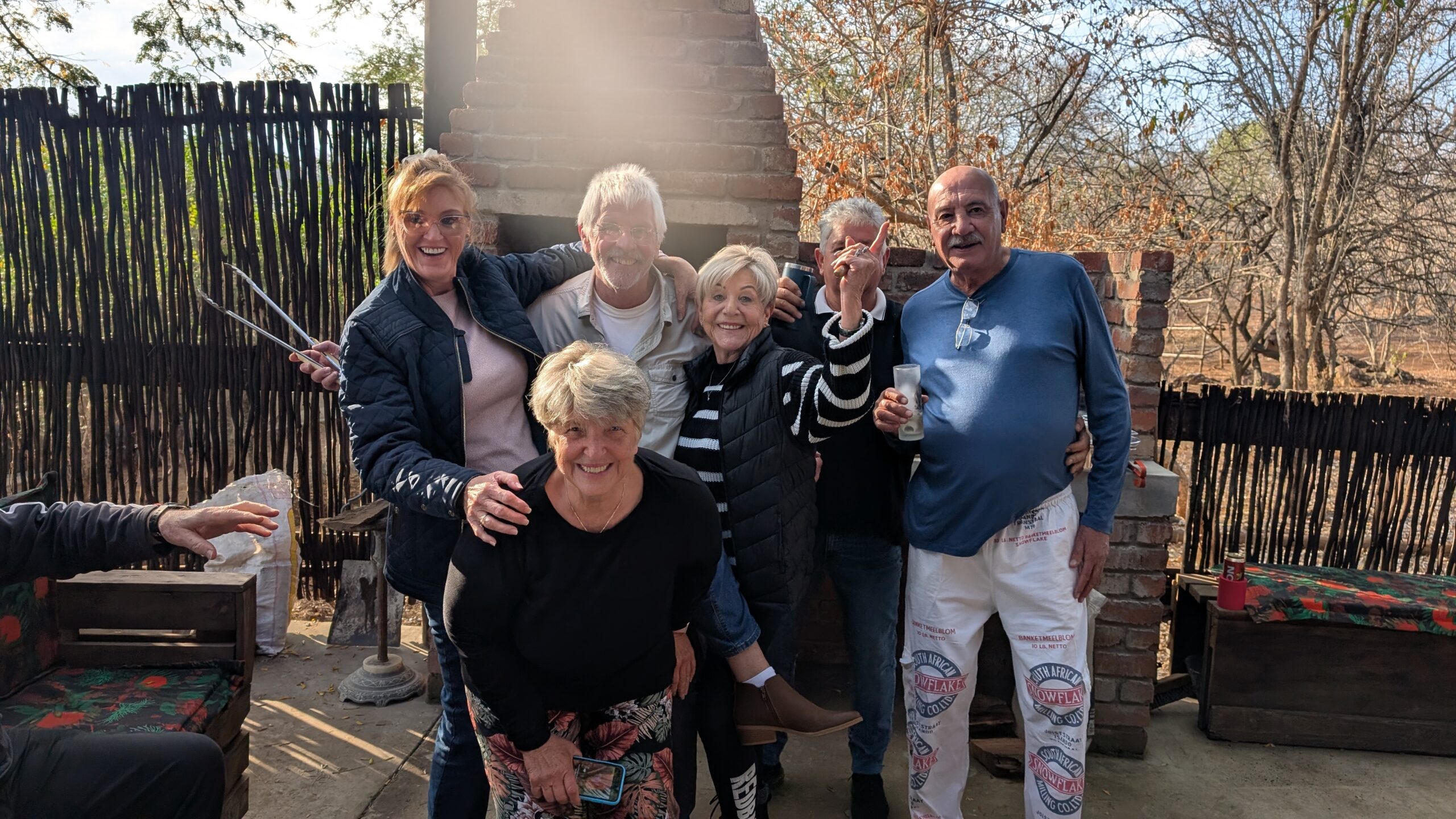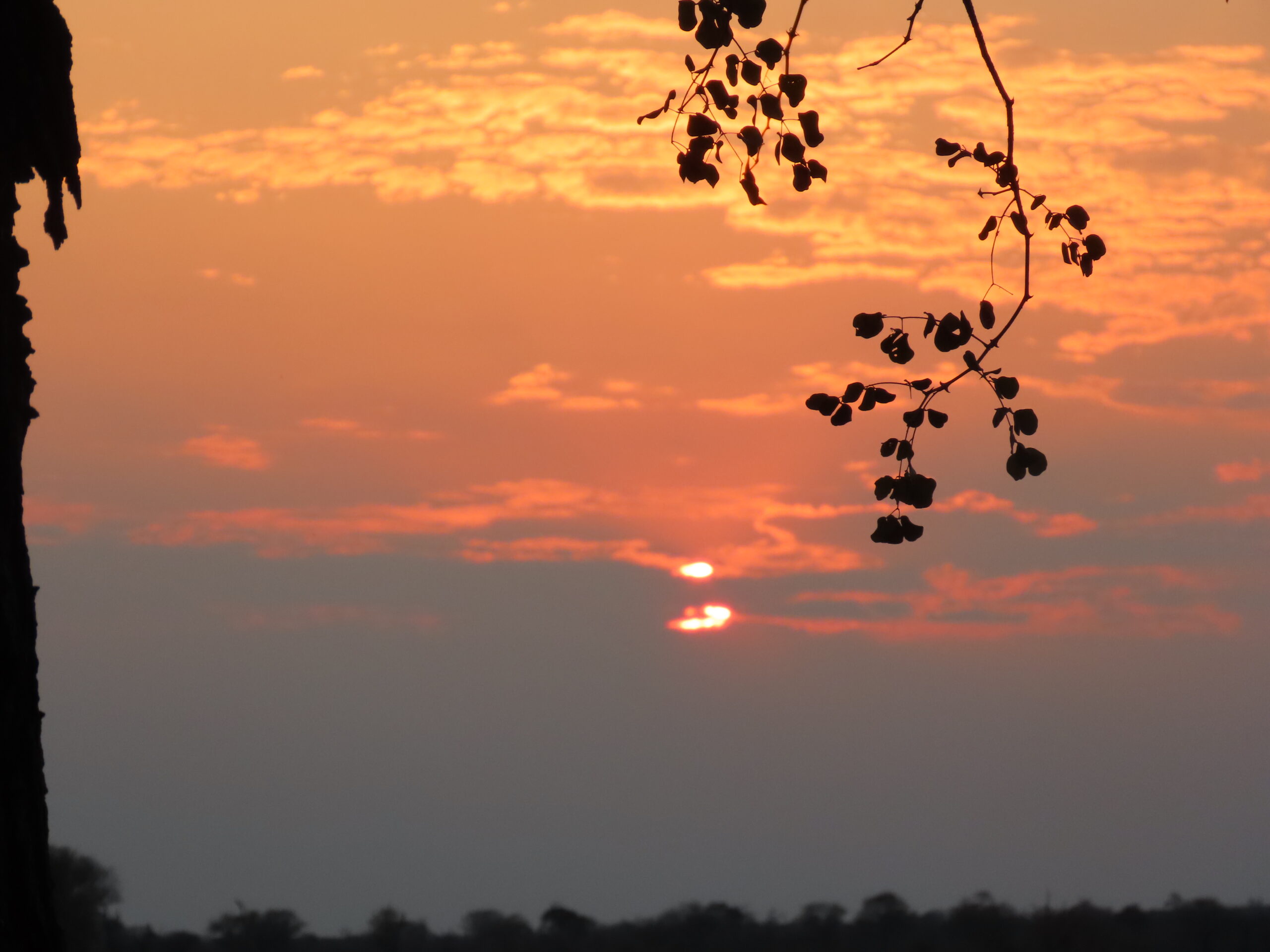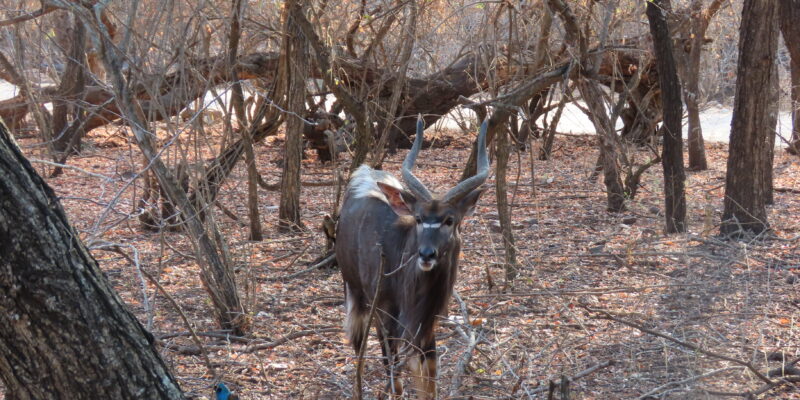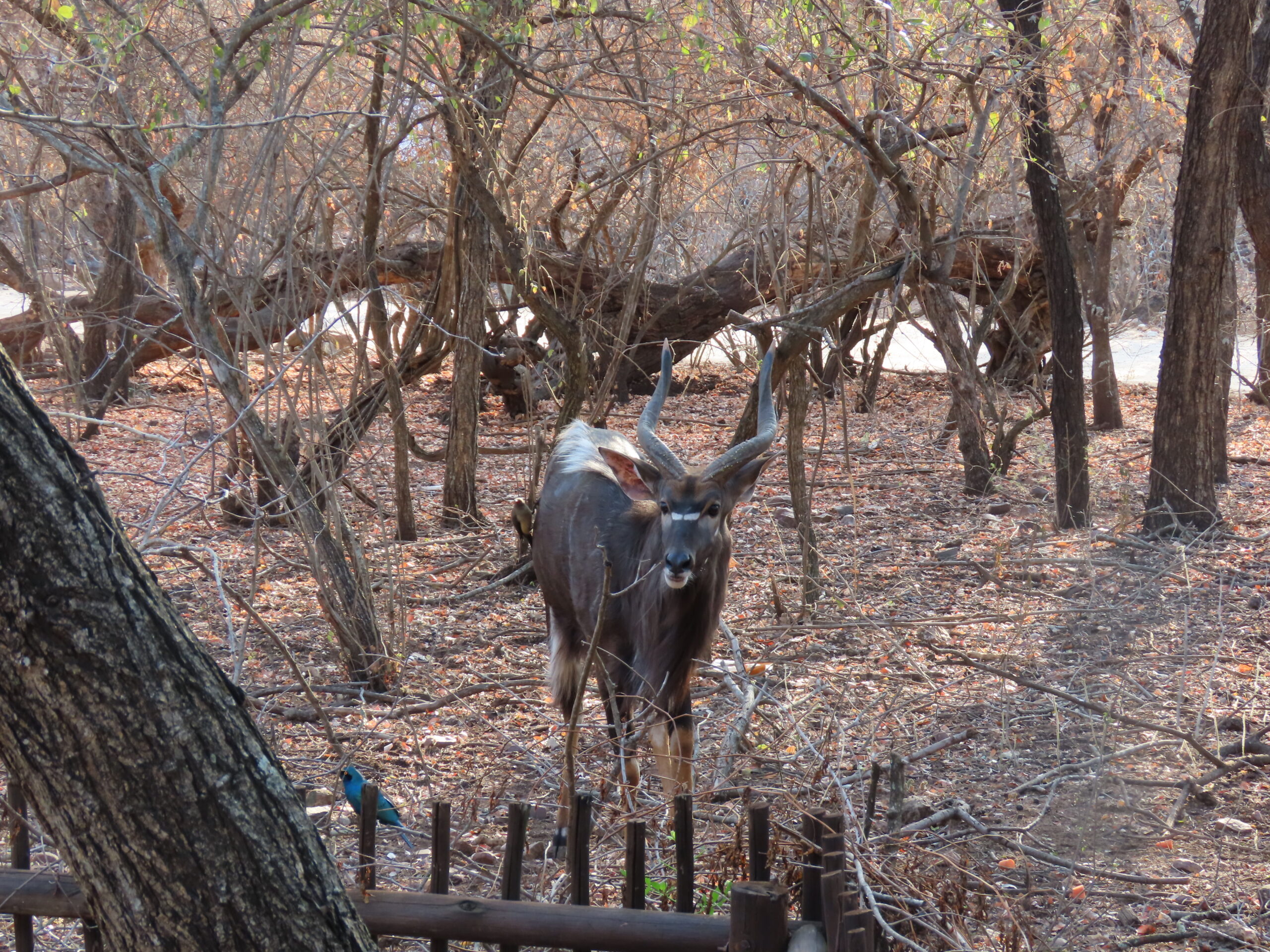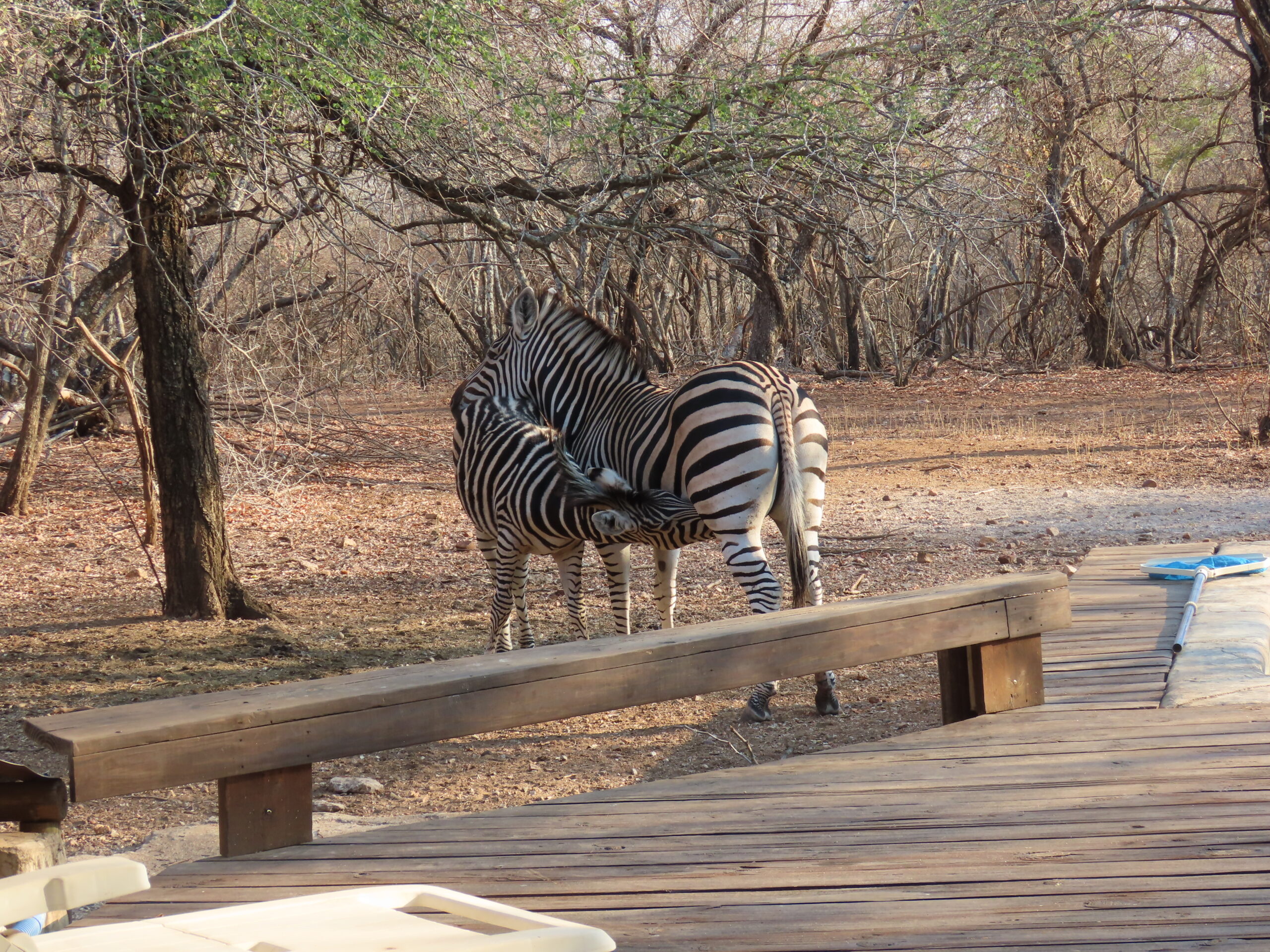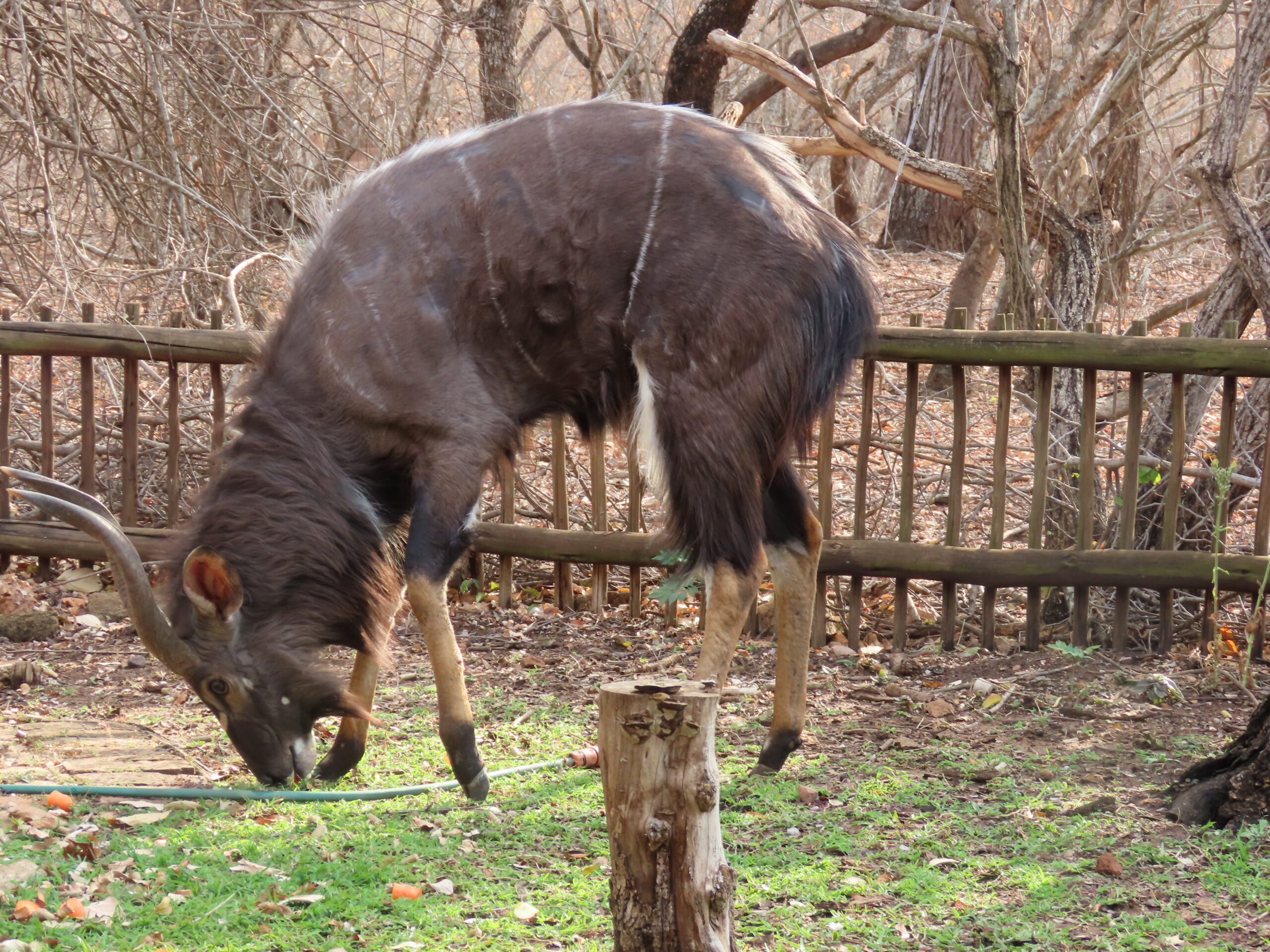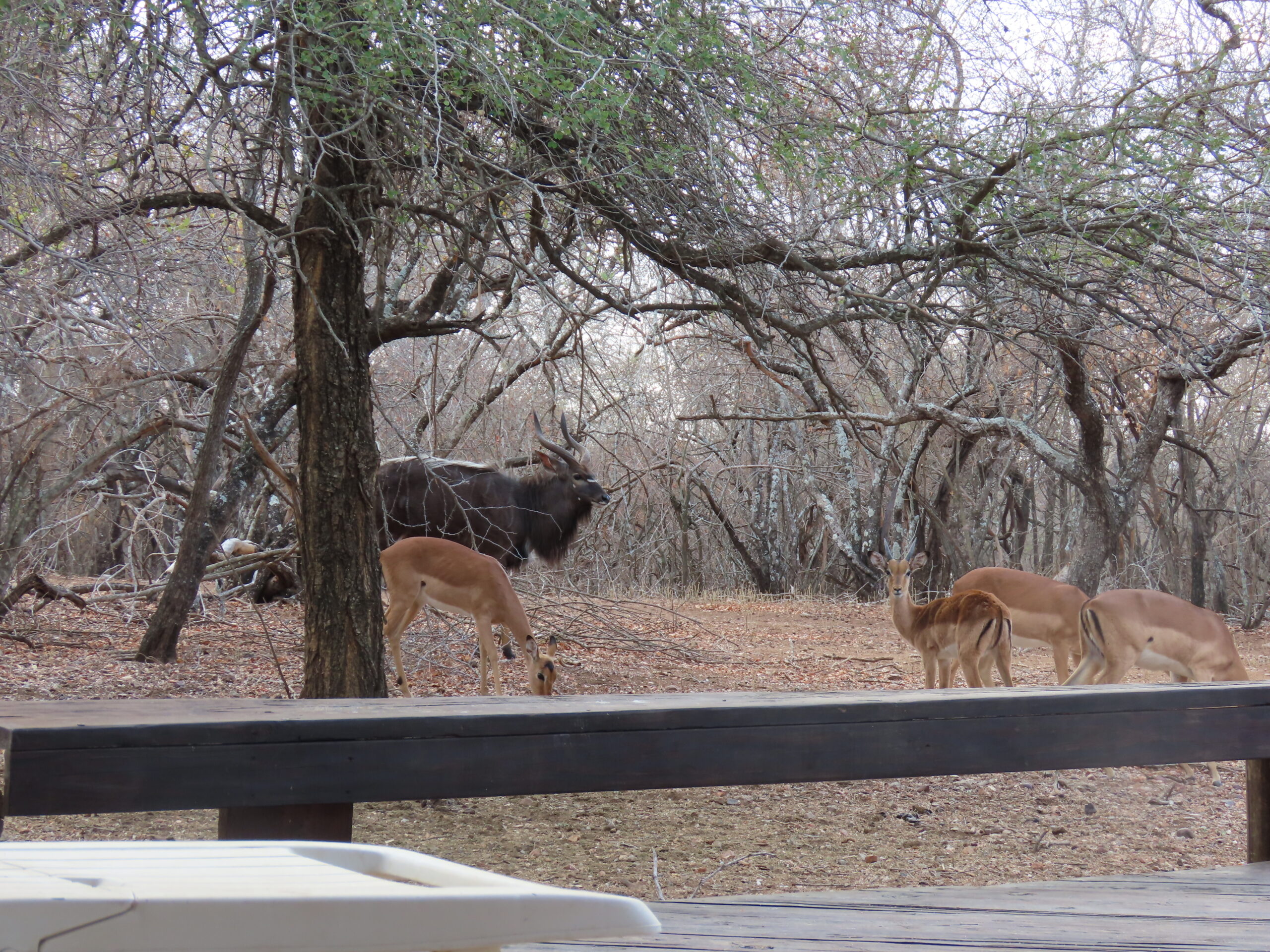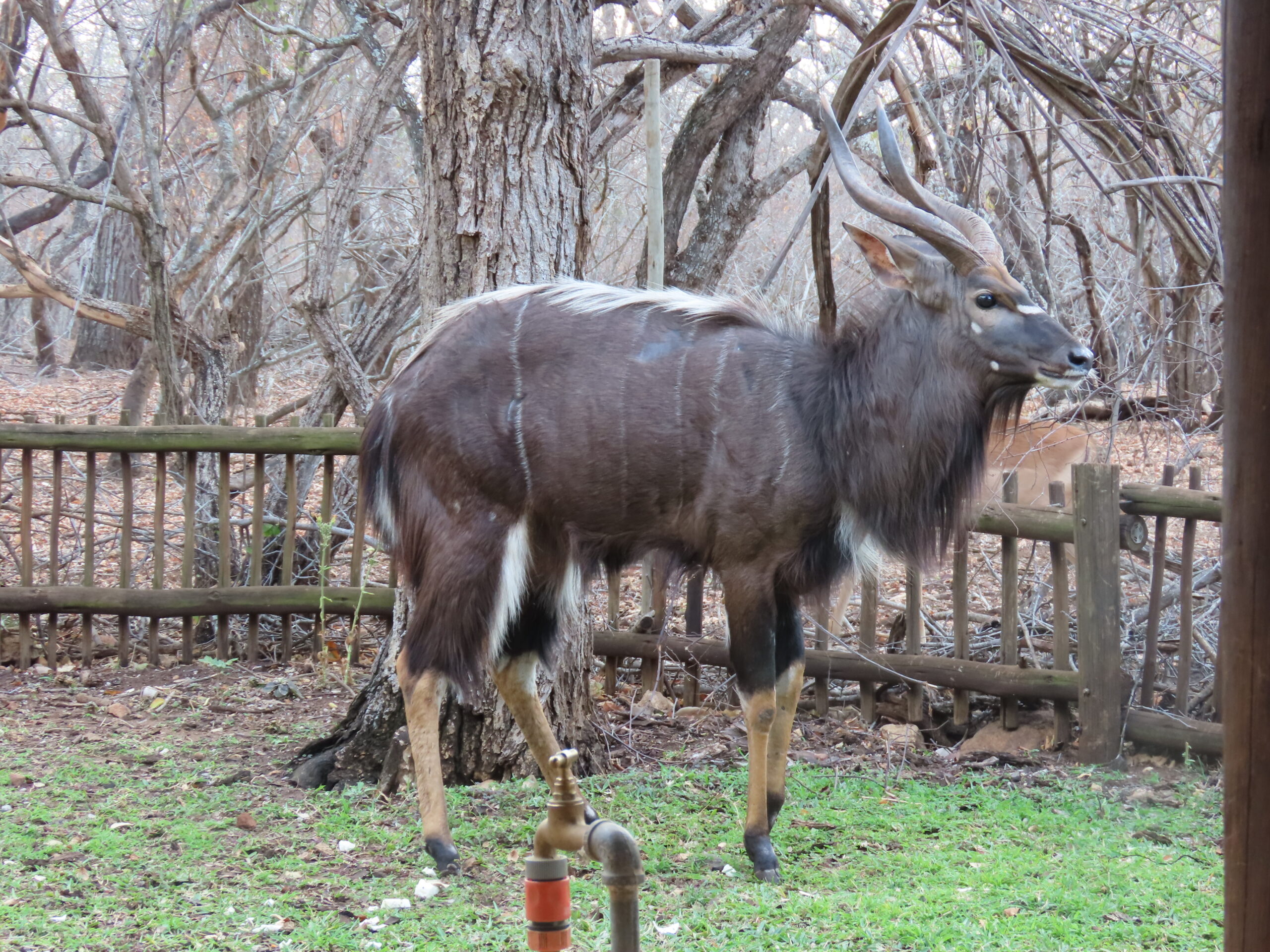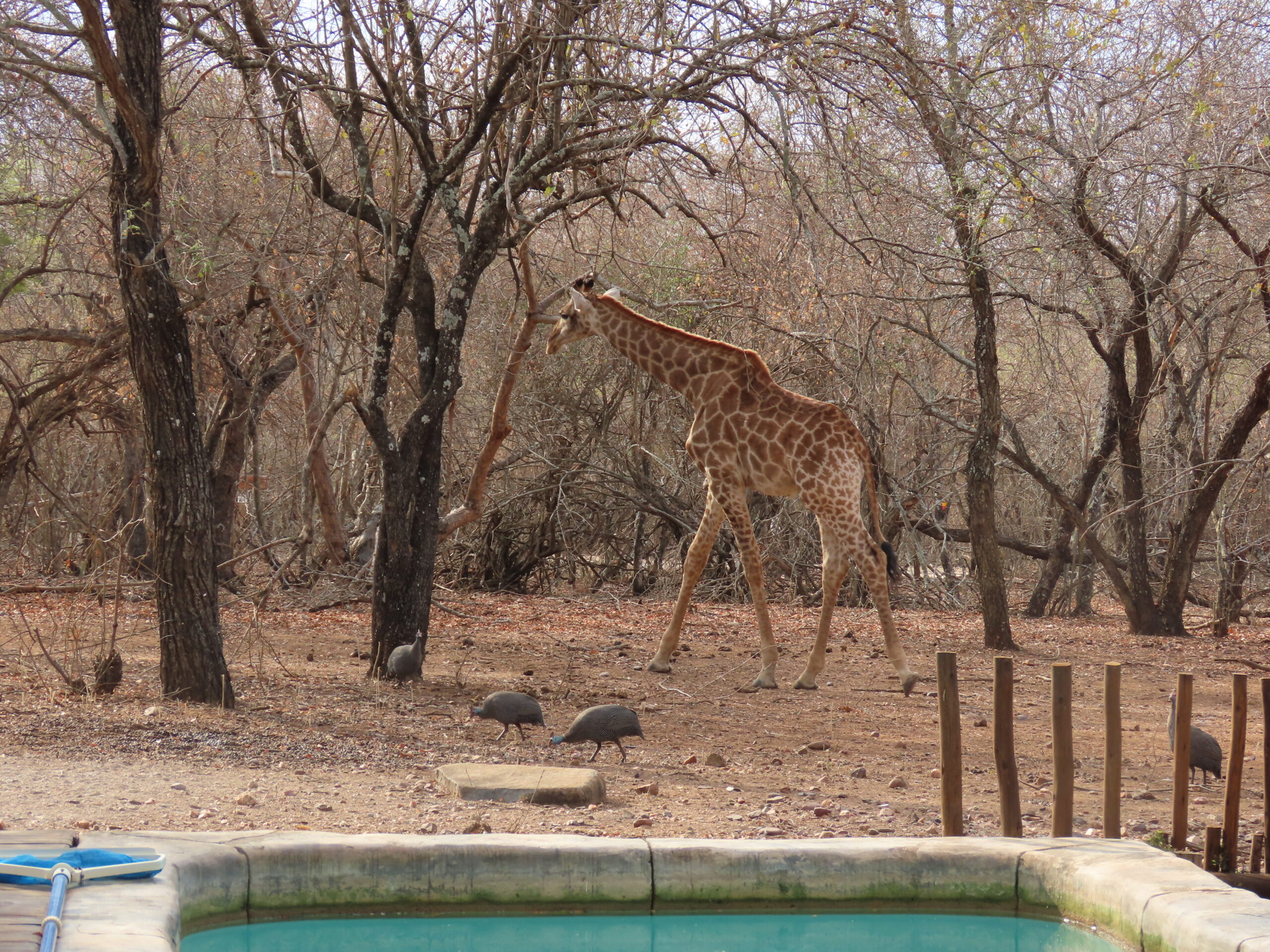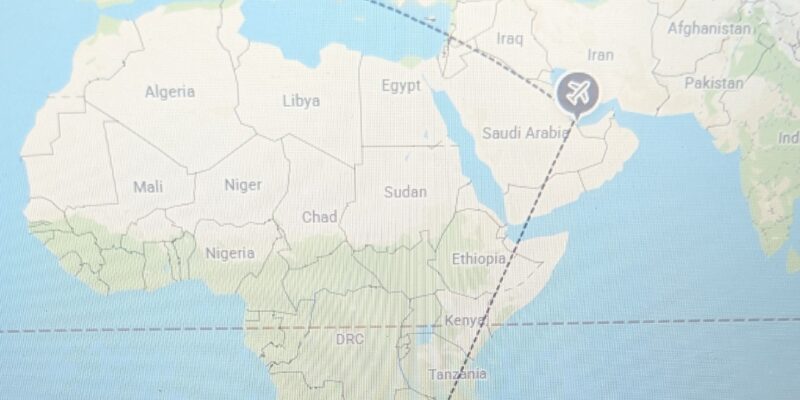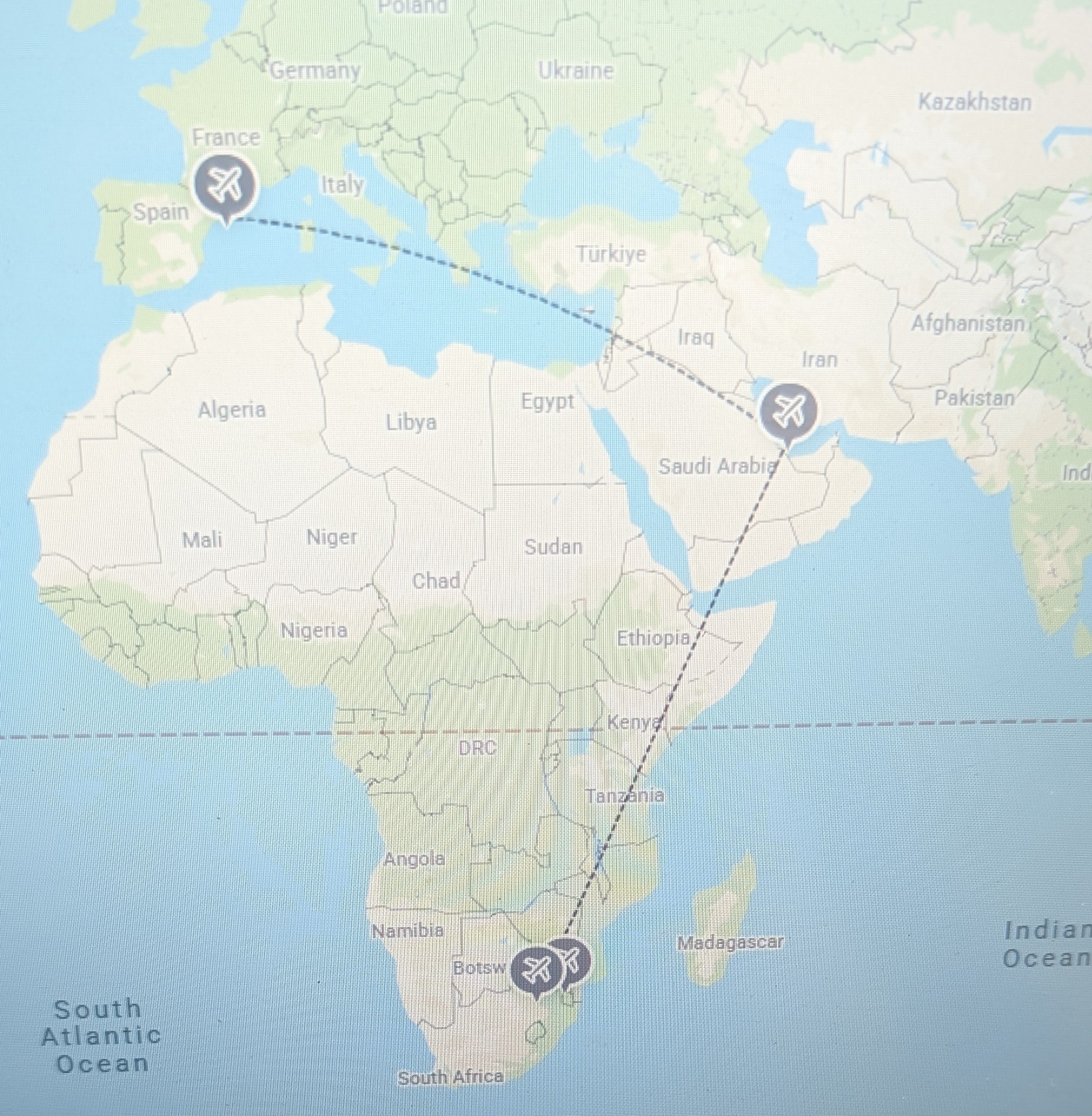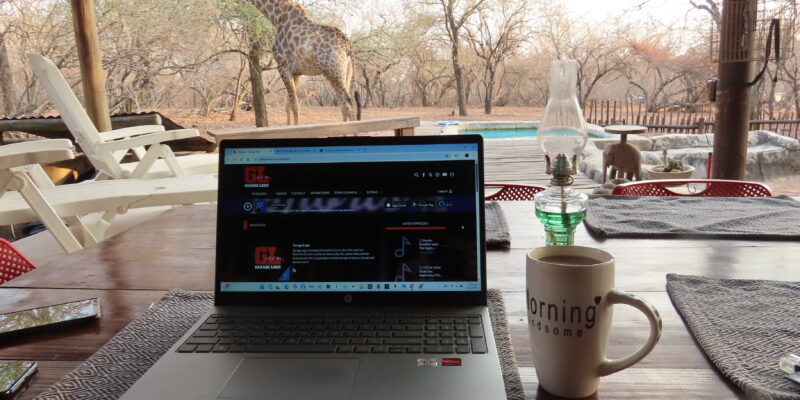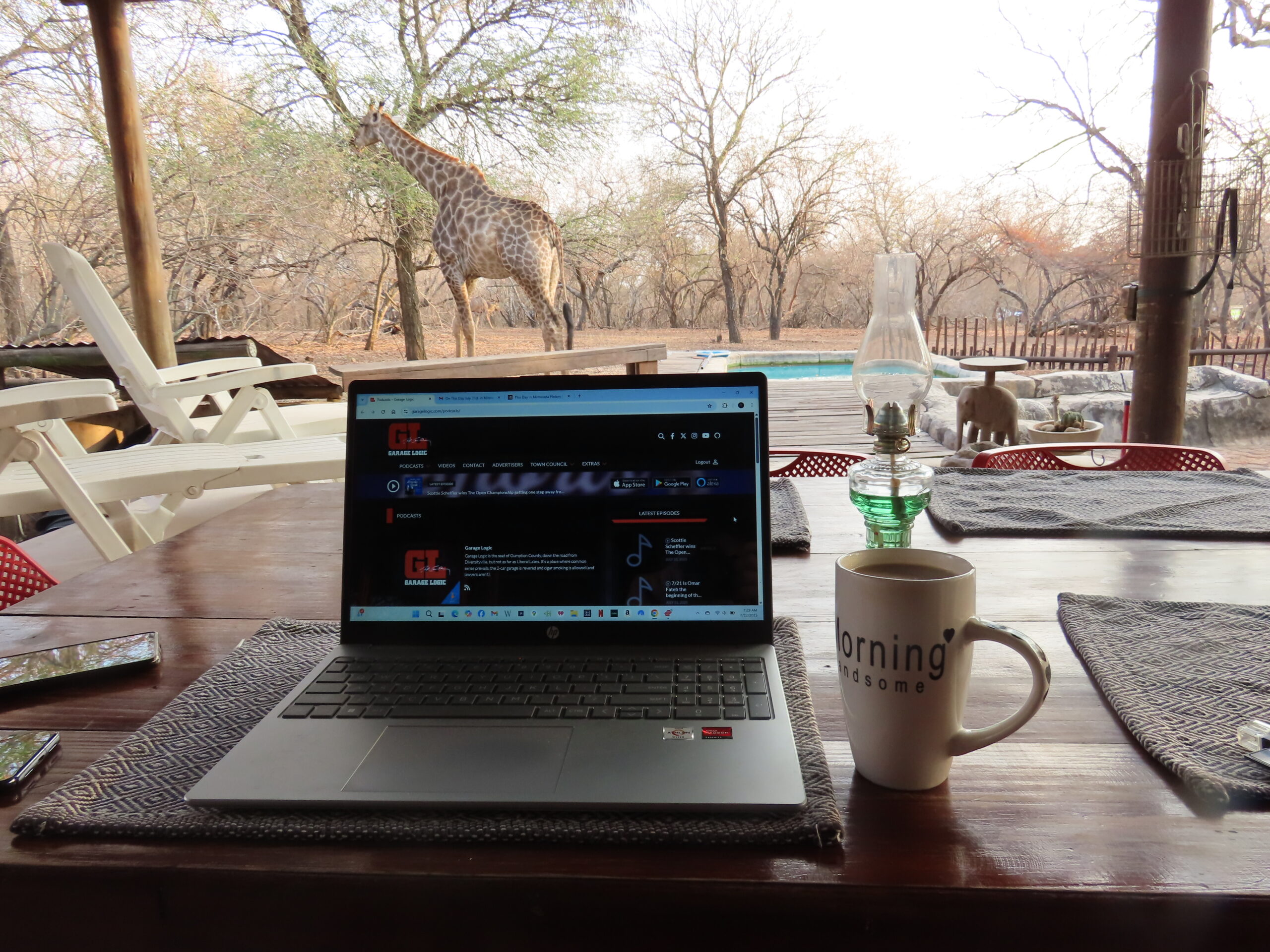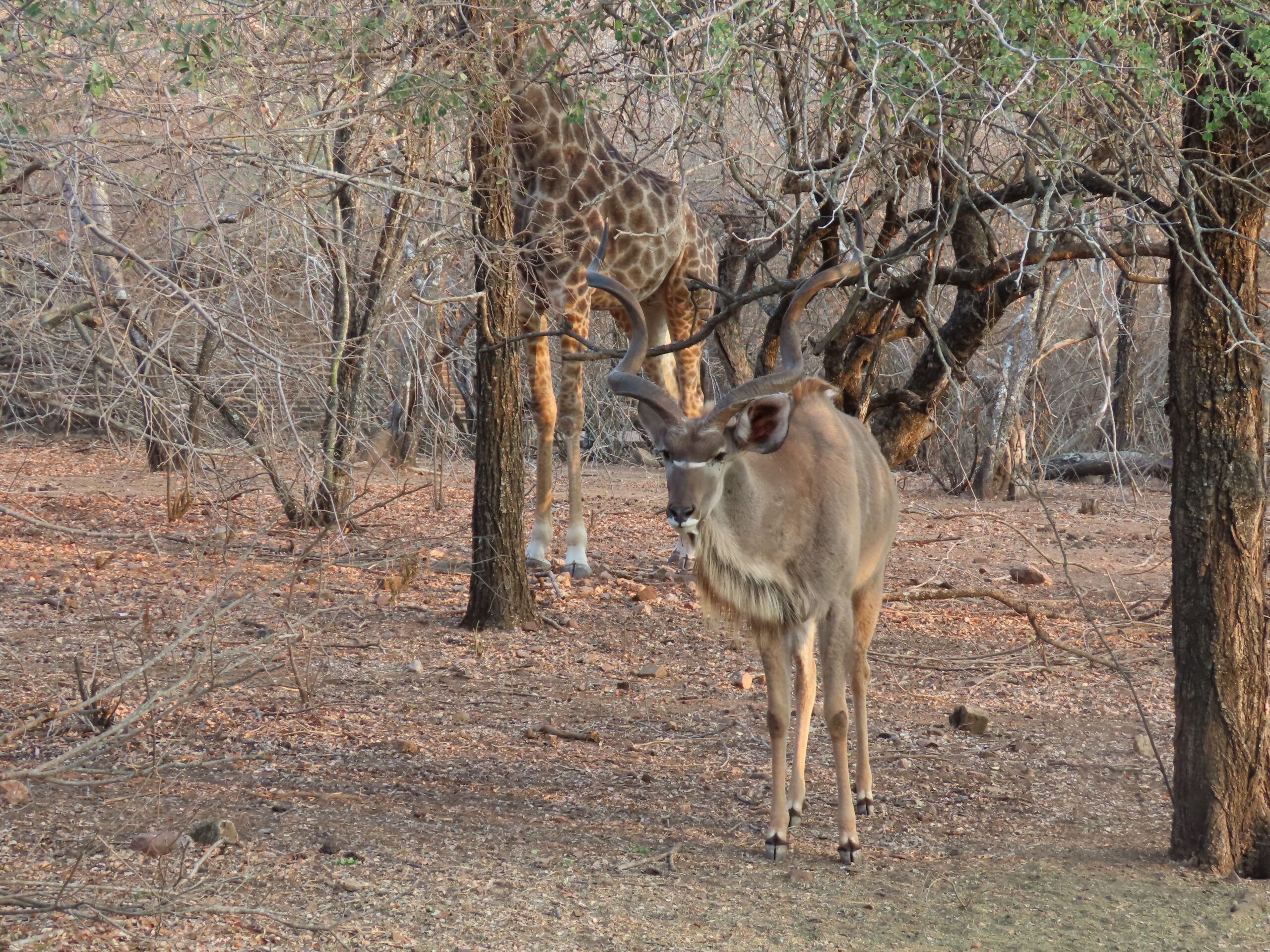
Here are the Top 10 most‑visited theme parks in the world, based on the most recent figures available for 2023–2024. Where possible, typical prices are included:
Top 10 Theme Parks by Annual Attendance (2023)
From the TEA/AECOM Global Attendance Report and confirmed media sources:
| Rank | Theme Park | Location | Attendance (million) |
|---|---|---|---|
| 1 | Magic Kingdom (Disney World) | Orlando, Florida, USA | 17.7 |
| 2 | Disneyland Park (Anaheim) | Anaheim, California, USA | ~17.3 |
| 3 | Universal Studios Japan | Osaka, Japan | 16.0 |
| 4 | Tokyo Disneyland | Tokyo, Japan | 15.1 |
| 5 | Shanghai Disneyland | Shanghai, China | 14.0 |
| 6 | Chimelong Ocean Kingdom | Zhuhai, China | 12.5 |
| 7 | Tokyo DisneySea | Tokyo, Japan | 12.4 |
| 8 | EPCOT (Disney World) | Orlando, Florida, USA | 12.0 |
| 9 | Disneyland Park (Paris) | Paris, France | ~10.4–10.9 |
| 10 | Disney’s Hollywood Studios | Orlando, Florida, USA | 10.3 |
Admission Costs for Adults & Children
Magic Kingdom – Walt Disney World (Orlando)
-
In 2025, single‑day tickets typically range from US $139 to $199 for adults, depending on the date; children’s tickets are usually US $5 less per day.
-
Summer deal: children aged 3–9 can get 50% off ticket prices if visiting between May 27–Sept 20 on tickets of three days or longer.
Disneyland Paris
-
A standard 1‑day / 1‑park adult ticket costs about €97–119; for children (3–11) it’s €91–111. Under‑3’s enter free.
-
1‑day / 2‑park tickets run from €122–144 per adult and €116–136 per child.
Universal Studios Japan (Osaka)
-
A 1‑day Studio Pass costs between ¥8,600–10,900 (US $60–75) for adults (12+), and ¥5,400–6,200 (US $38–45) for children (4–11); kids under 4 enter free.
-
Multi‑day passes (e.g., 2‑day) and Express Pass add‑ons cost more (e.g., adult 2‑day ~¥16,200–16,300; child ~¥10,500–10,600).
Shanghai Disneyland
-
Attendance data: 14 million visitors in 2023.
-
*Ticket pricing for Shanghai Disneyland is not currently confirmed via recent free sources; generally, Disney international parks price based on local economy (often lower than US parks).
Other parks in the Top 10
-
Tokyo Disneyland & Tokyo DisneySea: Attendance around 15.1m and 12.4m respectively in 2023. Official ticket prices typically range from ¥7,400 to ¥ 9,200, depending on season/age, with children’s discounts; not specified here in detail.
-
Chimelong Ocean Kingdom (China): 12.5m visitors in 2023. Pricing data varies widely, as it is not publicly detailed in available sources.
-
EPCOT, Hollywood Studios: Attendance ~12.0m and 10.3m. Ticket pricing follows Disney standard as Magic Kingdom (US$139–199/adult, child minus $5).
-
Disneyland Paris as above.
Summary
-
The busiest theme parks globally are dominated by Disney, particularly in the US and Asia.
-
Admission costs vary notably:
-
Disney World (Florida): US $139–199/adult per day, child rates ~$5 less.
-
Disneyland Paris: ~€97–119/adult, €91–111/child for 1‑park day.
-
Universal Studios Japan:
¥8,600–10,900/adult ($60–75), ¥5,400–6,200/child. -
Other parks: pricing varies and may be less transparent; local economy influences ticket prices.
-
Notes
-
Attendance figures refer to 2023, or 2023–2024 as used in the latest reports.
-
Ticket prices are often dynamic, varying by season, day of week, and promotions.
-
Most parks offer special discounts (e.g., children’s half‑price deals, multi‑day savings, seasonal offers).
-
Always consult the official park websites at the time of booking for the best, up‑to‑date ticket info.
At this point in our lives, we have no interest in visiting theme parks as we travel through the world. Tomorrow, we’ll be addressing the theme parks on various cruise ships.
Be well.








